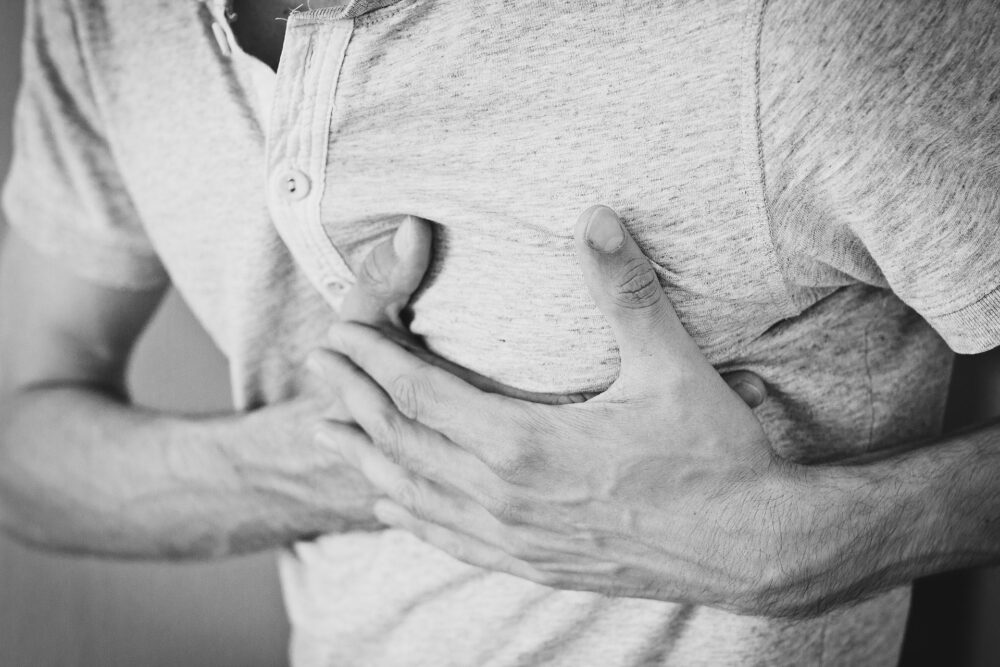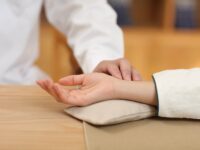It’s no secret that cardiovascular health is essential to overall body health. According to the Centers for Disease Control and Prevention, cardiovascular diseases have been the leading cause of death in the United States for approximately 80 years, and cause one in every four deaths. However, the risks of these diseases extend even further: poor heart health can increase the time the body takes to recover from injuries.
The process of wound healing occurs in four main stages. Hemostasis, the first stage, involves rapid clotting with platelets and blood vessel constriction to prevent excessive bleeding. The release of cytokines and growth factors (signaling and regulatory proteins) promotes the next step: scabbing and inflammation. A tough, fibrous protein called fibrin facilitates scabbing, and white blood cells such as neutrophils, macrophages, and lymphocytes clear microbes and cellular debris to fight infection. Blood vessels open, and circulation of fresh blood brings oxygen and nutrients to the injury. This is essential for the proliferation stage, in which red blood cells use collagen, a structural protein, as a scaffold for new skin tissue. In the final maturation stage, this area is strengthened, and the wound is fully healed.
Cardiovascular diseases such as peripheral arterial disease, coronary artery diseases, and heart failure can hinder the flow of oxygen and nutrients to impede healing.
However, this does not occur when the heart is unhealthy and doesn’t adequately circulate blood. Cardiovascular diseases such as peripheral arterial disease, coronary artery diseases, and heart failure can hinder the flow of oxygen and nutrients to impede healing.
The National Heart, Lung, and Blood Institute sponsored a 2005 study that was among the first to suggest improving cardiovascular health for wound healing. Half of its subjects underwent a three-month exercise program and half did not. After one month, all subjects were given a minor skin punch biopsy for observation of healing progress. The exercise group was found to be more cardiovascularly fit based on VO2 max levels, or oxygen consumption. Furthermore, wound healing was significantly faster, at a mean of 29.2 days compared to 38.9 days for the control group. However, it’s important to note that exercise immediately increases circulation. A greater VO2 max wasn’t significantly correlated with wound healing, so the action of exercising may be more important for injury recovery than simply being fit.
The healing process is complex, but continual blood flow has been shown to be a critical part of the rebuilding phase. Poor circulation increases the risk of delayed healing or even chronic wounds. These findings suggest the therapeutic significance of physical activity.
Journal of Dental Research (2010). DOI: 10.1177/0022034509359125The Journals of Gerontology (2005). DOI: 10.1093/gerona/60.11.1432






